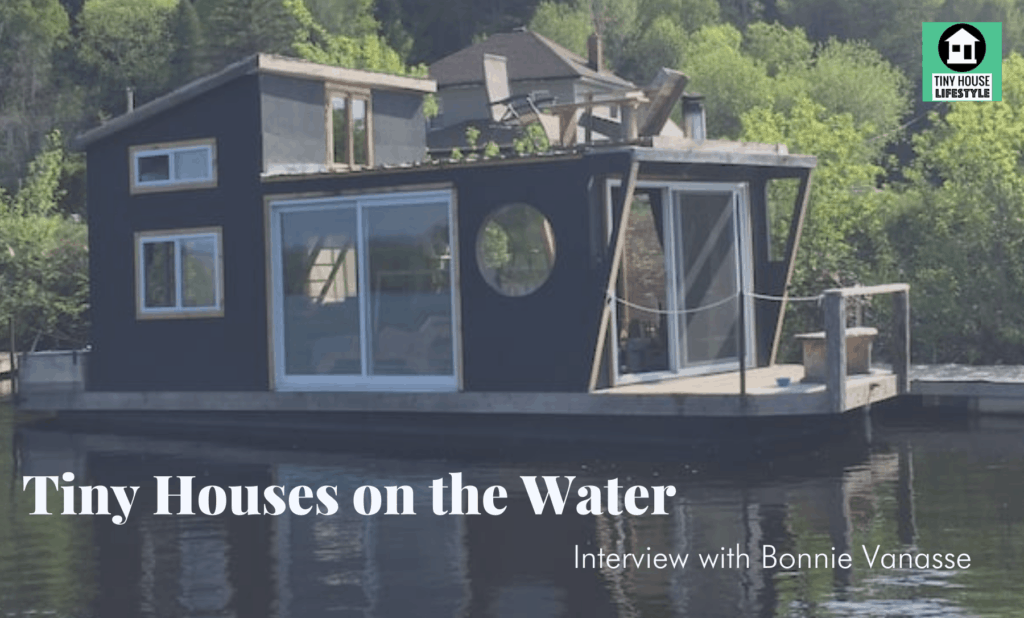
Exploring Alternative Housing Options: From Tiny Homes to Houseboats
In a world where conventional living spaces often come with a heavy price tag, alternative housing options have been gaining popularity among those who seek a simpler, more affordable, and more personalized way of life. From the charm of tiny homes to the allure of living on water in houseboats, let’s unlock the possibilities of these unconventional dwellings and consider what makes them more than just a place to sleep.
Tiny Homes: Big Living in Small Spaces
Imagine living in a home that you can actually afford without the burden of a 30-year mortgage hanging over your head. This is where tiny homes make their grand entrance. Typically defined as residential structures under 400 square feet, tiny homes are a testament to ingenuity and minimalist living. But don’t be fooled by their size – these compact abodes are often packed with multi-functional features and custom designs that make them both practical and cozy.
Tiny homes come in various shapes: some are built on wheels for those with a nomadic heart, and others are planted firmly on small plots of land for those who crave a bit of rootedness. What they all share, though, is a reduced environmental footprint – less space means less energy consumption and fewer materials, aligning perfectly with the growing eco-conscious movement. For those looking to declutter their lives and their costs, tiny homes offer a life less ordinary but full of potential.
Container Homes: Industrial Chic
Another innovative option rising on the housing horizon is the container home. Born from the upcycling of shipping containers, these steel boxes are being transformed into modular and stylish houses. The charm of a container home lies in its simplicity and the almost Lego-like ability to stack and connect them in creative ways.
Not only do container homes push the envelope in architectural design, but they’re also relatively quick to construct compared to traditional buildings. Plus, the inherent durability of steel containers makes them highly resistant to weather and wear. Pioneering individuals and architects are increasingly turning to these industrial units to fashion affordable, resilient, and unique living spaces.
Earthships: Self-Sustaining Sanctuaries
For those who dream of a house that not only shelters them but also feeds and powers their daily lives, Earthships present an intriguing prospect. These self-sustaining homes are made predominantly from natural and recycled materials such as old tires, bottles, and cans, all compacted with earth to create thick, insulating walls.
Earthships are designed to collect and store their own water, generate electricity, and manage waste, all while growing food for their inhabitants. With a focus on living in harmony with the environment, Earthships are a testament to the power of self-reliance and sustainable design.
Houseboats: Embracing Life on the Water
If the call of the ocean (or the tranquility of a lake) beckons you, houseboat living might be your siren song. Houseboats offer a unique lifestyle that merges the comforts of a stationary home with the adventure of the high seas—or the serenity of a riverside retreat.
Living on a houseboat means waking up to ever-changing views and the gentle lapping of water against the hull. While some houseboats are designed to stay moored in one place, others are equipped with the capability for nautical journeys. And for those concerned about space, modern houseboats can be surprisingly spacious, with amenities that rival their land-based counterparts.
Co-Housing Communities: Shared Spaces Lead to Shared Lives
Co-housing is a concept that redefines the idea of community living. In these shared spaces, residents have private homes but also access to common facilities like kitchens, dining rooms, and recreational areas. The philosophy behind co-housing revolves around community engagement, sustainability, and a collaborative environment.
These communities appeal to a variety of demographics, from families to seniors, all seeking a sense of belonging and mutual support that often feels absent in the hustle of modern life. Co-housing allows people to pool resources, share responsibilities, and forge relationships that enrich their daily existence.
Final Thoughts: Alternative Housing as a Lifestyle Choice
Exploring alternative housing isn’t just about finding a place to crash at night. It’s about reimagining our relationship with our living spaces. It’s about choosing a lifestyle that aligns with our values, whether that’s through minimalism, sustainability, or community. And, as with any major life decision, it’s important to consider the legalities, logistics, and long-term implications of your chosen path.
As we continue to face issues such as housing affordability, environmental concerns, and a yearning for closer communities, these alternative housing options provide a palette of possibilities for a more personal and purposeful way of living. Whether you dream of a tiny home nestled in the woods, a unique container home, a sustainable Earthship, a tranquil houseboat, or a co-housing community rich in connections, the world is full of opportunities to redefine the meaning of home.
While these living situations might not fit everyone’s tastes or needs, they undeniably offer a glimpse into a future where our homes are more than mere shelters, but expressions of our individuality, creativity, and commitment to the world around us.